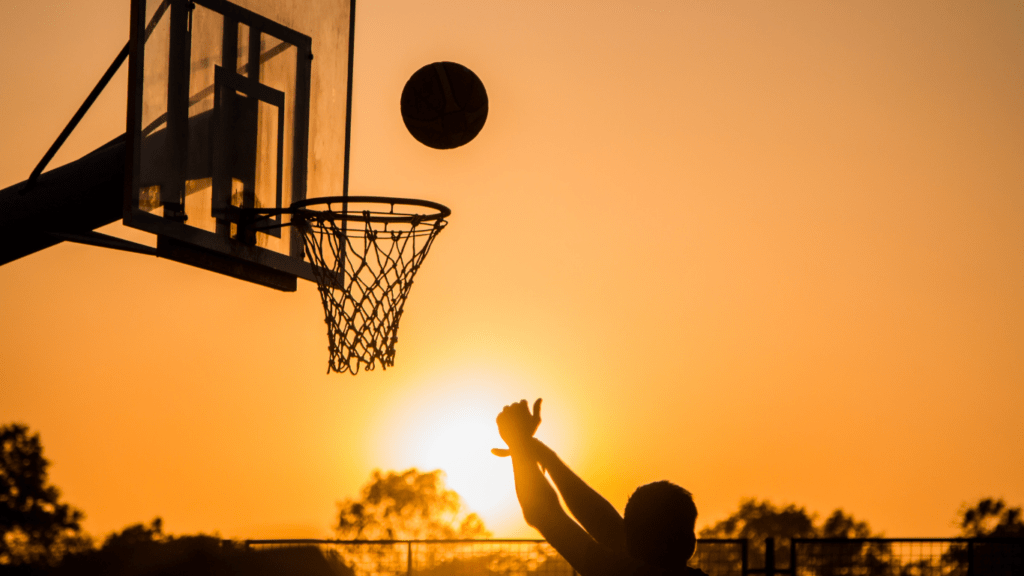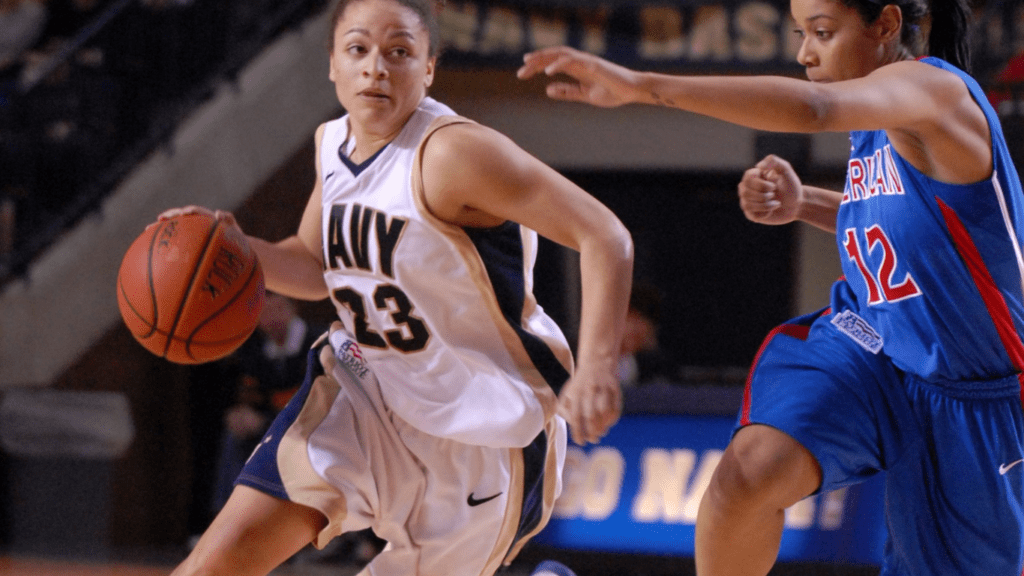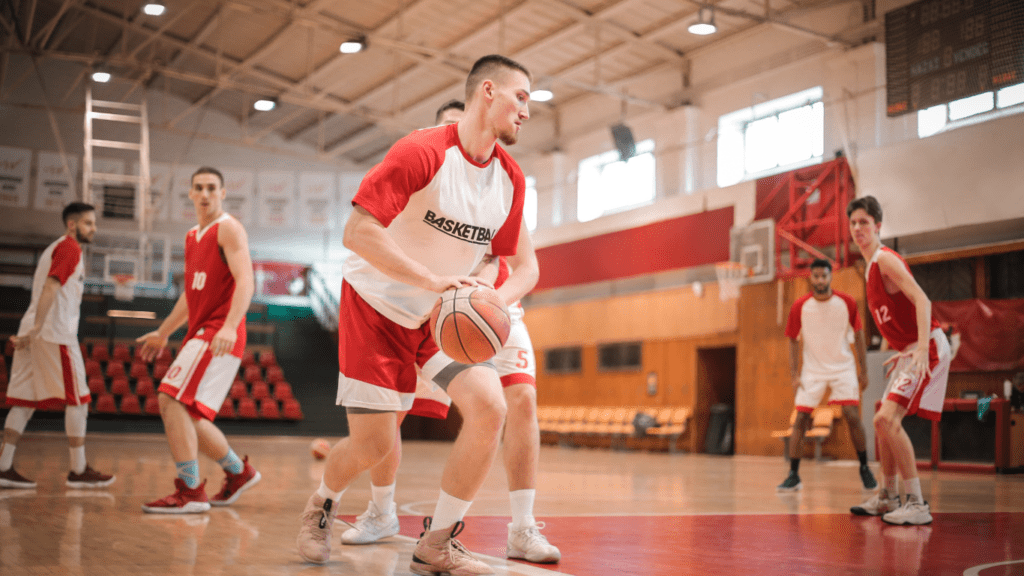Historical Perspective on Women in Sports
In the early 20th century, women’s participation in sports was extremely limited. Social norms and cultural barriers often restricted women’s involvement in physical activities. However, pioneers like Alice Milliat challenged these boundaries. She founded the Fédération Sportive Féminine Internationale (FSFI) in 1921, enabling women to compete internationally.
Significant progress occurred during the mid-20th century. In 1948, Fanny Blankers-Koen, often referred to as the “Flying Housewife,” won four gold medals in track and field at the London Olympics. Her achievements disproved stereotypes about women’s physical abilities.
Title IX, passed in 1972 in the United States, marked a watershed moment. This law mandated equal opportunities for women in federally funded educational programs, including sports. As a result, female participation in high school sports increased by 1058% from 1972 to 1978.
Trailblazers in various sports emerged. Billie Jean King defeated Bobby Riggs in the “Battle of the Sexes” tennis match in 1973, drawing attention to gender disparities in sports. Nadia Comăneci scored the first perfect 10 in Olympic gymnastics in 1976, showcasing women’s capabilities on the global stage.
In the late 20th and early 21st centuries, women continued to shatter barriers. In 1997, the Women’s National Basketball Association (WNBA) launched, providing a professional platform for female basketball players. Venus and Serena Williams dominated tennis, winning multiple Grand Slam titles and significantly influencing the growth of women’s tennis.
Pioneering female athletes across different eras have not only excelled in their sports but also paved the way for future generations. Their efforts have transformed women’s sports from restricted participation to competitive excellence on an international level.
Pioneers and Trailblazers
Women have historically faced numerous challenges in sports, but many have broken barriers and set records, paving the way for future generations.
Early Female Athletes

In the late 19th and early 20th centuries, women like Alice Milliat fought for gender equality in sports. Milliat established the Women’s World Games in 1922, providing an international platform for female athletes when the Olympics didn’t allow women in many events.
Fanny Blankers-Koen earned the title of “The Flying Housewife” during the 1948 Olympics, winning four gold medals. Her achievements defied stereotypes about women’s physical capabilities. Another pioneer, Babe Didrikson Zaharias, excelled in track and field, golf, and basketball, proving women’s versatility and talent in multiple sports disciplines.
Landmark Achievements
Billie Jean King, a tennis legend, defeated Bobby Riggs in the 1973 “Battle of the Sexes” match, symbolizing gender equality in sports. This match increased the visibility of female athletes and demonstrated their competitiveness in traditionally male-dominated sports.
Nadia Comăneci made history at the 1976 Olympics by being the first gymnast to score a perfect 10. Her performance set a new standard in gymnastics and inspired countless young athletes. In professional basketball, the establishment of the WNBA in 1996 provided a dedicated platform for female athletes to showcase their skills and compete at high levels.
Venus and Serena Williams have dominated tennis for decades, winning multiple Grand Slam titles and challenging the status quo in sports. Their success has elevated the profile of women’s tennis globally and inspired a new generation of athletes.
These pioneers and trailblazers have not only achieved greatness but also changed the landscape of sports, making it more inclusive and equitable for women.
Modern Era Milestones
Recent decades have seen incredible feats and advancements for women in sports, solidifying their place on the global stage.
Record-Breaking Performances
Athletes continue to push the boundaries. In 2008, swimmer Dara Torres won three silver medals at the Beijing Olympics at age 41, proving age isn’t a barrier. Simone Biles, a gymnast, set a record with 25 World Championship medals by 2019. In 2018, Serena Williams reached her 30th Grand Slam final, a testament to her enduring excellence.
Inspirational Figures
I admire trailblazers like Megan Rapinoe in soccer, who advocates for equal pay and LGBTQ+ rights. Allyson Felix, a track and field star, won her 11th Olympic medal in Tokyo 2020, surpassing Carl Lewis. Naomi Osaka, a tennis champion, uses her platform to raise awareness on social justice, making her a powerful voice off the court as well.
Societal and Cultural Impact
Women’s participation in sports has created ripples far beyond the playing field. This involvement has led to shifts in societal norms and broader cultural changes.
Changing Perceptions
Women in sports have redefined traditional gender roles. By excelling in various disciplines, female athletes have shown that physical prowess and competitiveness are not exclusive to men.
This shift has influenced public perceptions, leading to greater acceptance and support for women pursuing athletic careers. Historical events such as the “Battle of the Sexes” and the rise of female-centric leagues like the WNBA have been pivotal in changing mindsets.
Media Representation
Media coverage of women in sports has evolved significantly. Increased visibility of female athletes in mainstream media has played a crucial role in changing societal attitudes.
Broadcasts, social media, and sports journalism now often highlight women’s achievements, thereby challenging stereotypes. While there’s still a disparity in coverage compared to men’s sports, continued efforts are made to bridge this gap.
Athletes like Serena Williams and Megan Rapinoe consistently use their platforms to advocate for equal media representation, further accelerating progress.
Challenges and Barriers
Despite remarkable progress, women in sports continue facing significant challenges and barriers.
Gender Discrimination
- Gender discrimination remains prevalent in the sports industry.
- Women athletes often encounter biased attitudes and limited opportunities.
- Historically, male sports have received greater support and investment.
- Soccer leagues dedicate more resources to men’s teams, leaving women’s teams underfunded.
- Limited access to facilities and coaching also hampers the development of women athletes.
- Prejudices and stereotypes persist, shaping perceptions that undervalue women’s athletic abilities.
Pay Gap Issues
- The pay gap between men and women in sports is a critical issue.
- Women athletes often earn significantly less than their male counterparts.
- In tennis, male players typically receive higher prize money than female players at major tournaments.
- This disparity extends to salaries and endorsements, where male athletes secure more lucrative deals.
- The lack of financial parity not only affects current athletes but also discourages young girls from pursuing careers in sports.
Future of Women in Sports
The future of women in sports holds immense potential as societal norms shift and opportunities expand. Recognition of female athletes’ contributions is growing, paving the way for new developments.
Evolving Opportunities
Women in sports are experiencing increasingly diverse opportunities. Sporting organizations are investing more in women’s sports, resulting in enhanced facilities and professional training. Major tournaments like the FIFA Women’s World Cup attract millions of viewers, highlighting the rising interest in women’s competitions.
More women are securing leadership roles within sports organizations. For example, Kim Ng became the MLB’s first female general manager in 2020, symbolizing progress in breaking glass ceilings. Equally, the representation of women as coaches and officials is growing, further promoting gender equality.
Encouraging Young Female Athletes
Mentorship programs for young female athletes are expanding, providing essential support and guidance. Established programs like Girls on the Run help build confidence through training and competitions, inspiring the next generation.
Role models play a crucial role in encouraging young girls to pursue sports. Icons like Simone Biles and Naomi Osaka demonstrate that success in sports is achievable regardless of gender. Their visibility fosters a sense of possibility among young athletes, motivating them to aspire to similar heights.
Investing in sports infrastructure at the grass-roots level is vital. Schools and communities adopting inclusive policies ensure young girls have equal access to sports facilities, fostering an environment where female talent can thrive.




